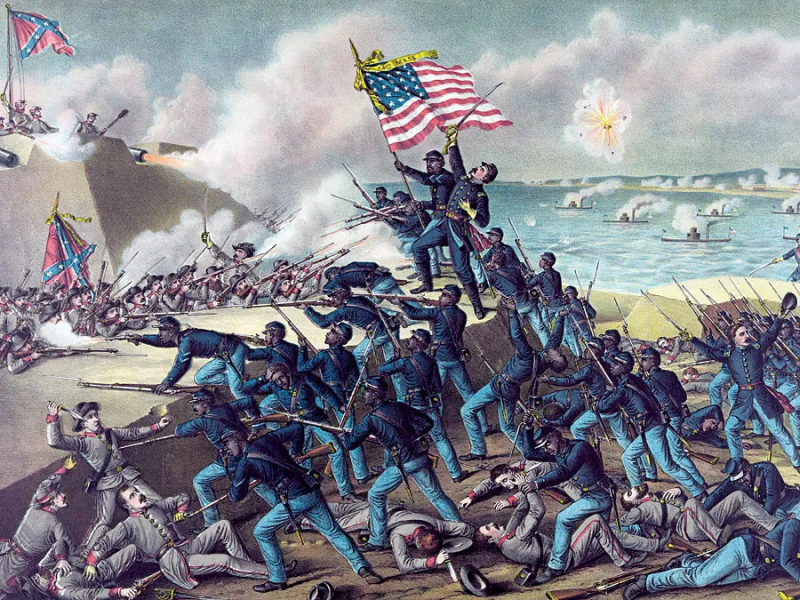Between 1861 and 1865, Harpers Ferry changed hands fourteen times
From the beginning of the Civil War until the Union forces permanently reoccupied the town on July 8, 1864, the Harpers Ferry changed hands fourteen times. Both Union and Confederate forces frequently passed through Harpers Ferry due to the town's advantageous location on the Baltimore & Ohio Railroad and at the northern end of the Shenandoah Valley. "Jefferson County is where the North and South met," it was said. It served as a natural passageway for Confederate incursions into the North, such as General Robert E. Lee's campaigns in Maryland in 1862 and Gettysburg in 1863, as well as for Federal troops traveling south to thwart Rebel forces in the Valley that threatened Washington, D.C.
Beside, residents of Harpers Ferry continued to be the target of frequent guerilla raids and reconnaissance missions while it was out of control of either army. Stonewall Jackson's assault on the garrison in 1862 resulted in no significant battles being fought at Harpers Ferry, but by the conclusion of the Civil War, the town had been decimated by numerous attempts from both Union and Confederate armies to seize the crucial traffic hub. Jessie E. Johnson, a resident of Harpers Ferry, wrote of the unpredictability of the town shortly after the war: "When the Union troops came, the people were termed Rebels, and when the Confederates came, they were called Yankees."











